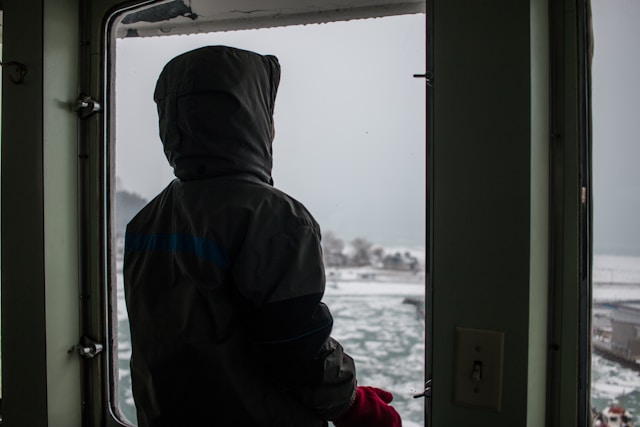Extreme Conditions: Navigating the Harsh Realms of Very Hot or Cold Environments
From scorching deserts to icy tundras, the extremes of temperature present formidable challenges to life on Earth. Whether facing the searing heat of a summer day or the biting chill of a winter night, humans and other organisms have evolved remarkable adaptations to survive and thrive in these harsh environments. Let’s explore the unique characteristics and challenges posed by very hot or cold conditions.
Extreme Heat: Surviving the Inferno
In regions characterized by extreme heat, such as deserts and tropical climates, the relentless sun beats down with unyielding intensity, pushing temperatures to sweltering highs. For humans, exposure to extreme heat can lead to heat exhaustion, heatstroke, and dehydration, posing significant health risks. To cope with these conditions, adaptations such as sweating, vasodilation (expansion of blood vessels), and seeking shade help regulate body temperature and prevent overheating.
Adaptations in Nature: Desert Dwellers and Heat-tolerant Flora
In the natural world, organisms have evolved a myriad of strategies to thrive in hot environments. Desert dwellers like camels and desert foxes possess specialized physiological adaptations such as water-conserving kidneys, heat-reflective fur, and efficient cooling mechanisms to survive in arid conditions. Similarly, heat-tolerant plants like cacti and succulents have developed thick, waxy coatings and deep root systems to minimize water loss and withstand prolonged exposure to high temperatures.
Extreme Cold: Confronting the Frosty Abyss
In contrast, extreme cold presents its own set of challenges, with freezing temperatures and biting winds testing the limits of endurance. In polar regions and high-altitude environments, frostbite, hypothermia, and frostnip pose serious risks to exposed skin and extremities. To combat these dangers, humans and animals employ strategies such as shivering, vasoconstriction (narrowing of blood vessels), and insulation through layers of clothing or fur to retain body heat and prevent frostbite.
Nature’s Adaptations: Arctic Explorers and Cold-resistant Fauna
In the frigid expanses of the Arctic and Antarctic, life perseveres against the odds, with creatures like polar bears, arctic foxes, and emperor penguins showcasing remarkable adaptations to thrive in icy conditions. Thick layers of blubber and dense fur provide insulation against the cold, while specialized metabolic processes enable efficient heat production and conservation. Similarly, cold-resistant plants like conifers and evergreens employ antifreeze proteins and protective structures to survive freezing temperatures and harsh winter conditions.
Mitigating Risks: Preparedness and Resilience
In both very hot and cold environments, preparedness and resilience are key to mitigating risks and ensuring survival. Adequate hydration, appropriate clothing, shelter, and knowledge of first aid measures are essential for navigating extreme conditions safely. Additionally, technological advancements in insulation, climate control, and emergency response systems help minimize the impact of temperature extremes on human health and well-being.
Conclusion: Embracing the Extremes
Very hot and cold conditions present formidable challenges, yet they also offer opportunities for exploration, discovery, and resilience. Whether traversing the scorching sands of a desert or trekking through the icy wilderness of the polar regions, the extremes of temperature remind us of the tenacity of life and the adaptability of organisms to their environment. By understanding the unique characteristics and challenges posed by very hot or cold conditions, we gain a deeper appreciation for the diversity and resilience of life on Earth.





